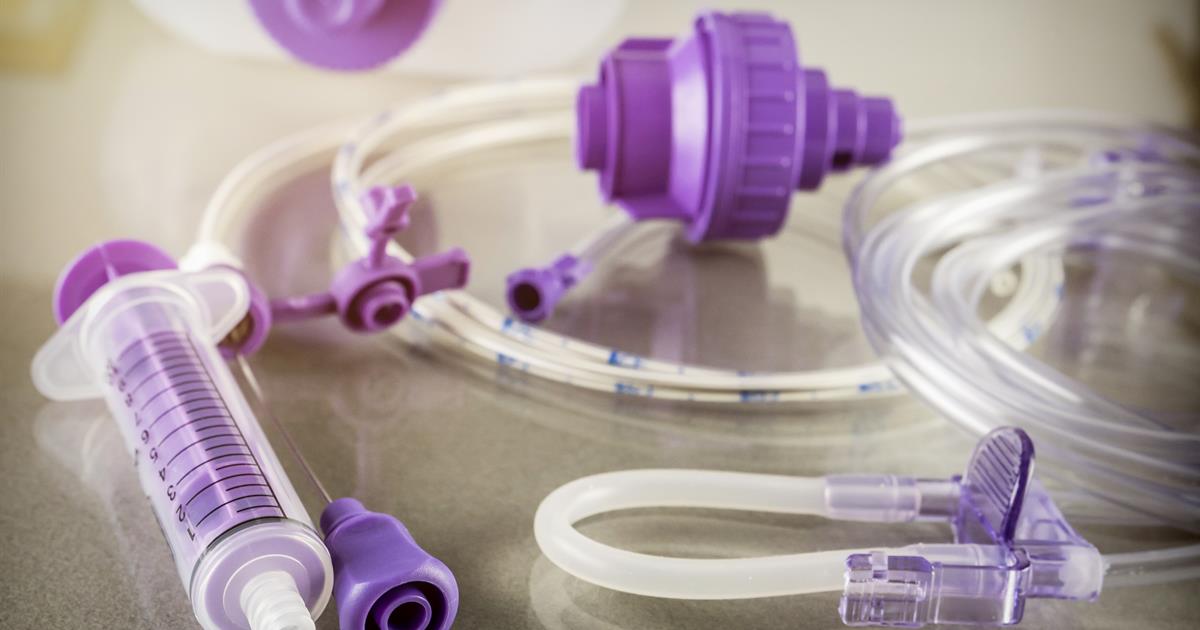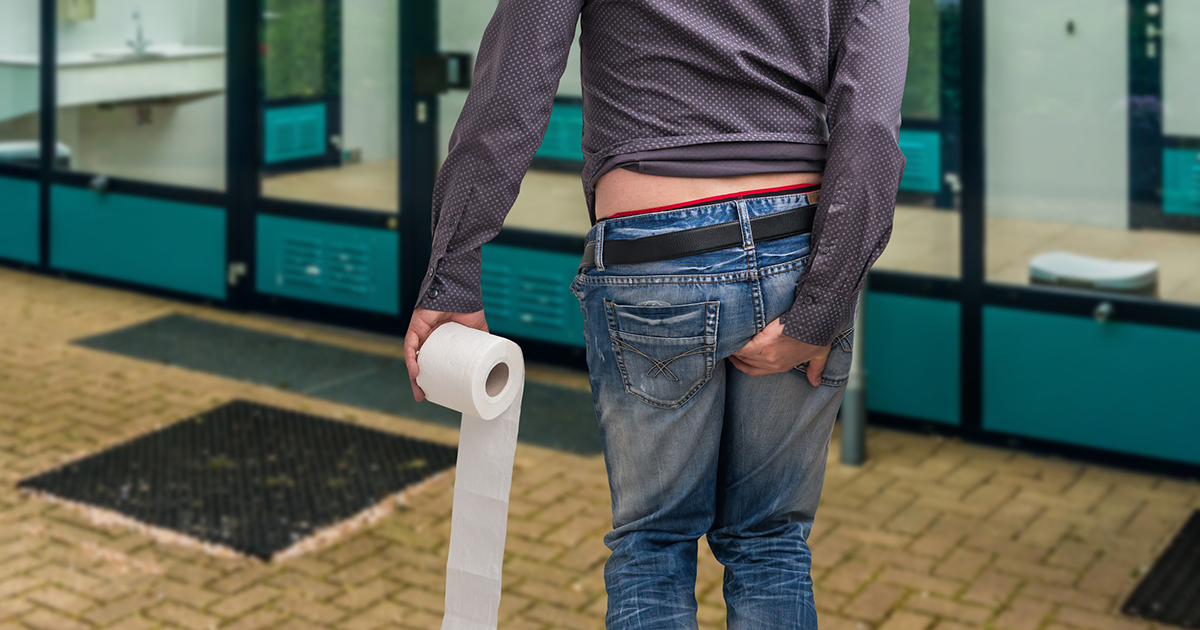Guide To Managing Radiation Enteritis
Radiation enteritis is a condition that occurs in individuals undergoing radiation therapy where the lining of the intestines becomes damaged and inflamed. This condition affects patients having radiation therapy aimed at the pelvis, abdomen, or rectum. Radiation enteritis occurs because the high-energy particles, x-rays, or radioactive seeds used in radiation therapy destroy not only the cancerous cells but the healthy cells as well. Individuals affected by this condition commonly experience nausea, vomiting, diarrhea, abdominal cramps, loss of appetite, and bloody stools.
For most individuals affected by this condition, symptoms will improve within a couple of months after the end of their radiation regimen. However, a few patients will experience chronic and long-term symptoms. Treatment of radiation enteritis focuses on the management of symptoms and the prevention of further complications.
Medication To Treat Diarrhea And Pain
Most radiation enteritis patients will experience some degree of diarrhea and frequent abdominal pain. Diarrhea describes watery and loose stools. In a healthy individual, food moves from the stomach into the small intestine where all the nutrients are absorbed out of it. Food then moves into the large intestine where most of the fluid is absorbed. However, in cases of diarrhea, the stool moves too quickly through the large intestine for it to absorb a reasonable amount of fluid. Sometimes, diarrhea is caused by a functional failure of the large intestine to absorb fluid and not due to rapid movement.
In individuals who have radiation enteritis, the lining of the large intestine may be too damaged or too inflamed to absorb fluid from the food adequately. The inflammation of the large intestine also causes severe abdominal cramping. Prescription-strength medications are used to treat diarrhea by slowing the food down or through the use of other chemical mechanisms. Prescription-strength pain medicine may also be prescribed to block the pain caused by excessive cramping.
Feeding Tube

There are numerous reasons why a feeding tube may need to be utilized during treatment for radiation enteritis. The common symptoms of nausea and vomiting that present in most radiation enteritis patients can cause them to stop eating regularly. Patients who are also affected by cancer will rapidly lose weight and become deficient in many nutrients when they stop eating regularly. Other individuals may be so affected by the pain of food moving through the bowel that they quit consuming food regularly. It is also possible for the intestines to become so damaged or inflamed that they simply cannot perform their function of absorbing nutrients despite the regular consumption of food.
When diet changes and medication are ineffective at treating symptoms causing an individual with radiation enteritis to become malnourished, a feeding tube may be needed. Often, the temporary use of a feeding tube will put less strain on the patient's intestines and allow for easier healing. In addition, bacterial overgrowth may become an issue with damaged intestines. When this cannot be mediated with diet or medication, a feeding tube may be recommended to maintain the correct bacterial balance in the gut.
